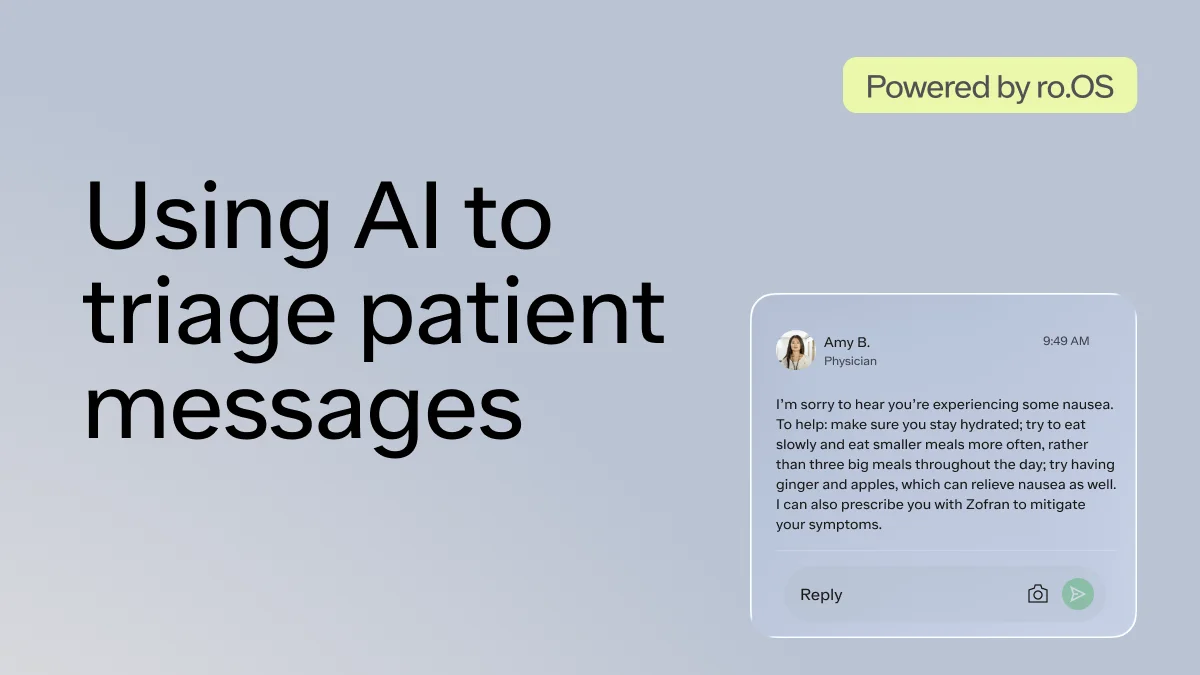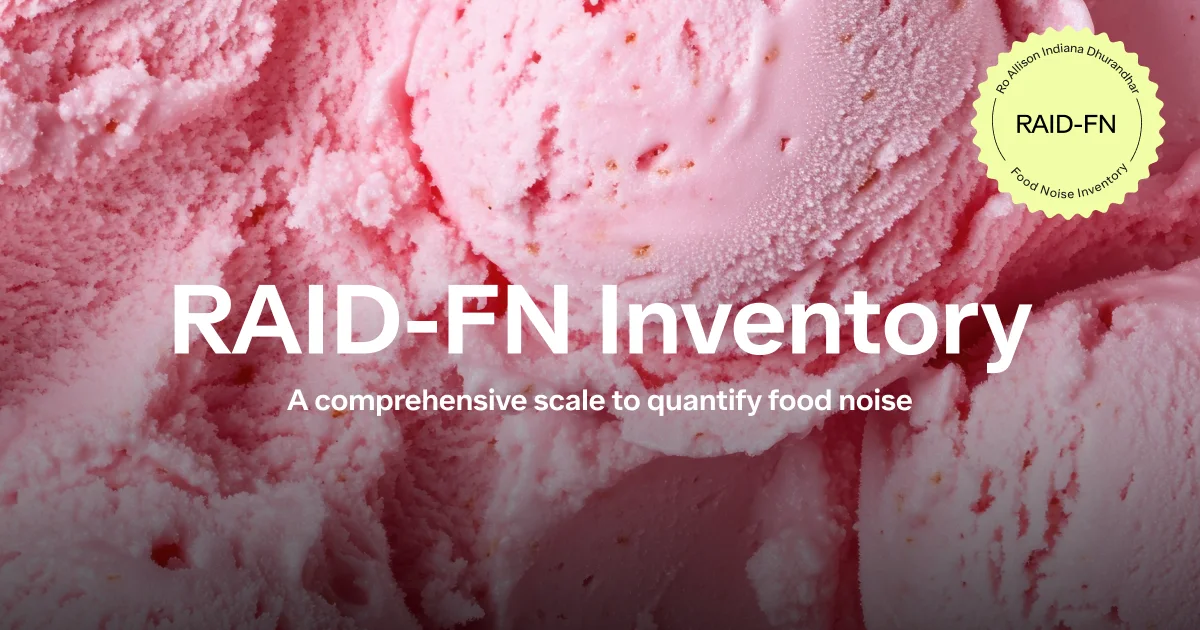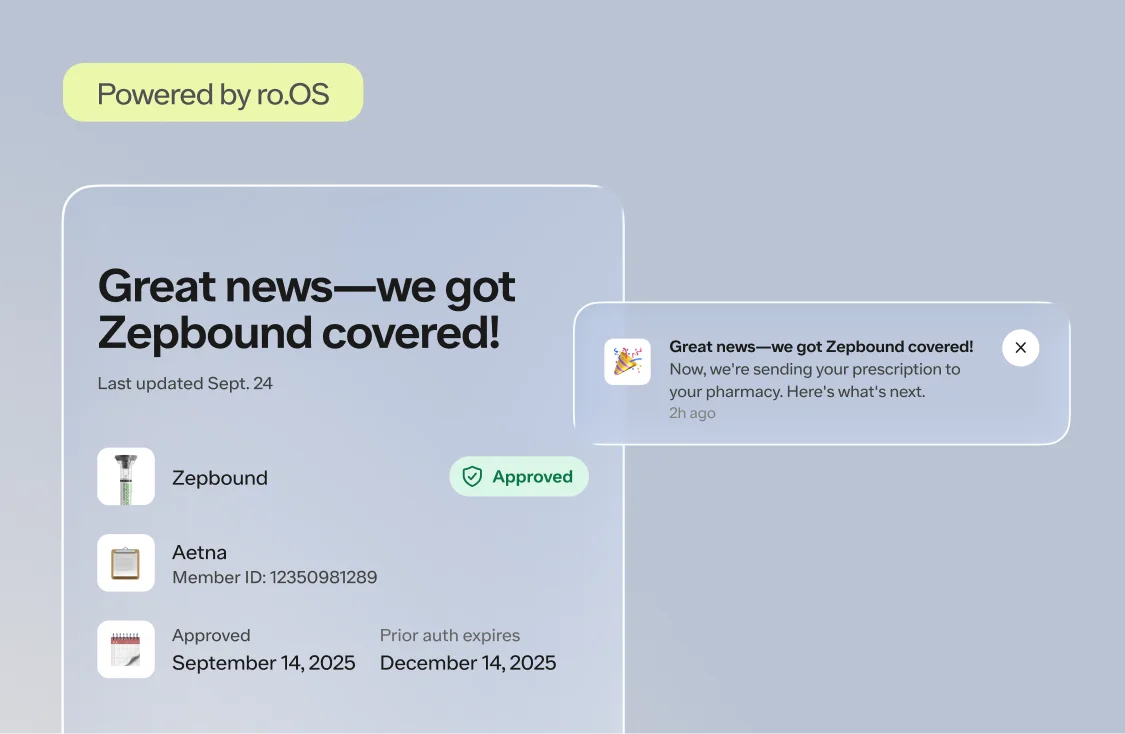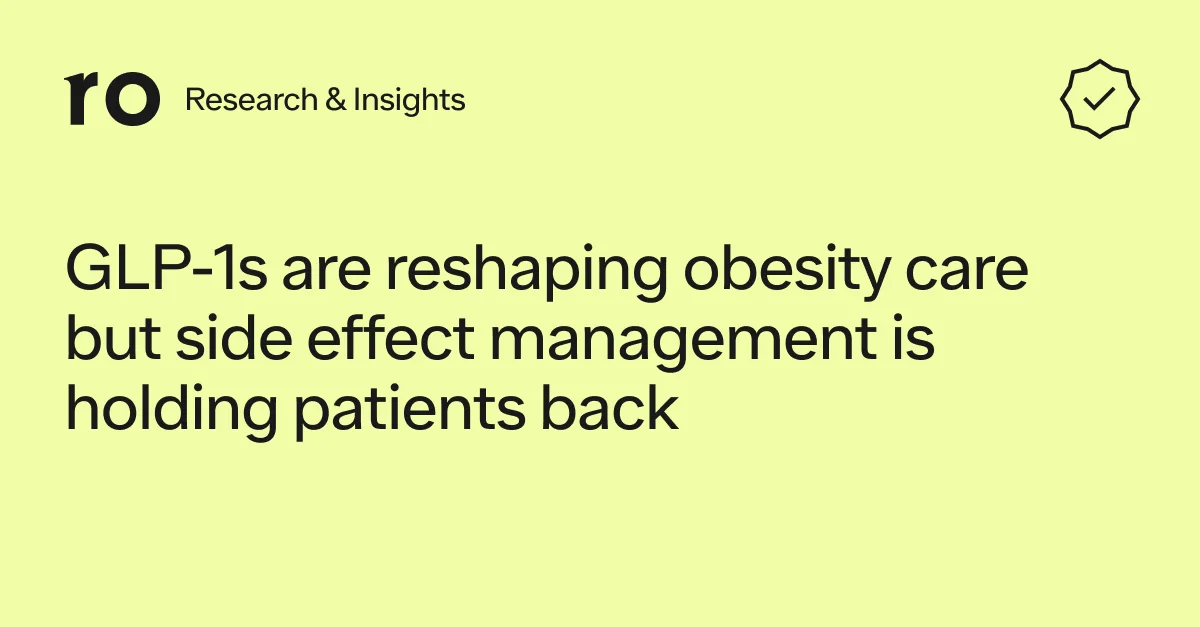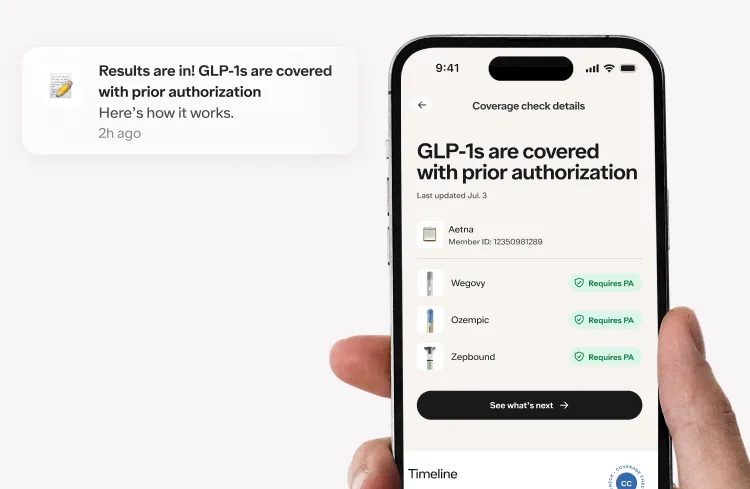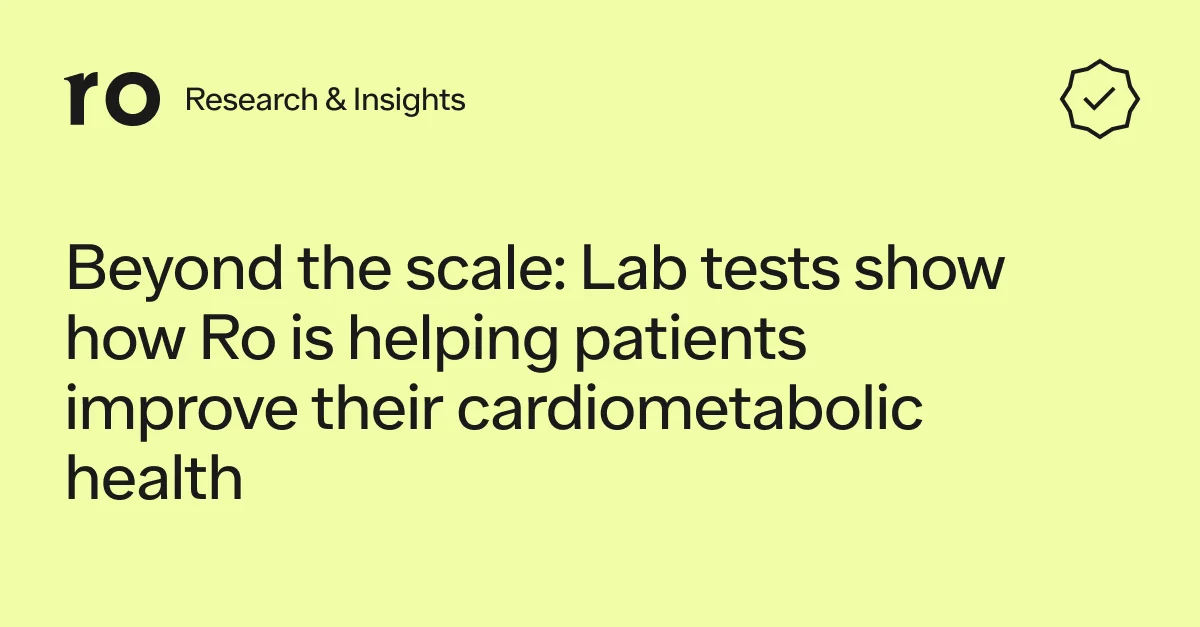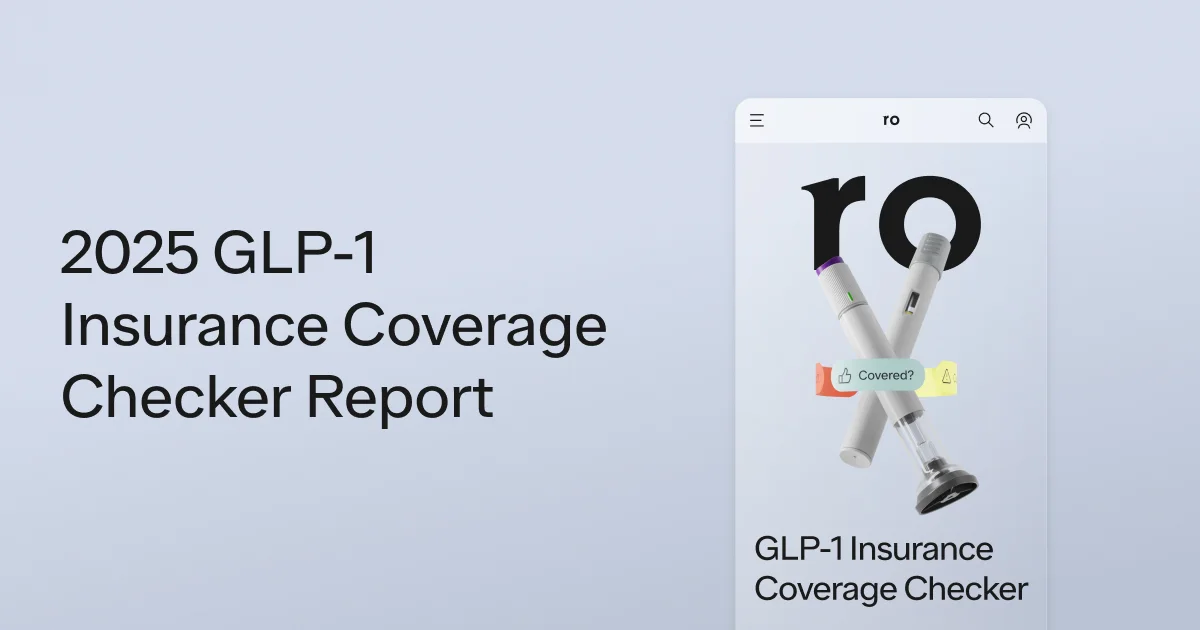Here's what we'll cover
Here's what we'll cover
Here's what we'll cover

Ro’s twice-yearly hackathon dubbed “Rockathon” (read about its genesis here) has become one of our most popular company programs. By nature, it’s an incredible incubator and many of the ideas we see proposed will become part of our company roadmap or are actualized into Ro’s product. Our ability to turn Rockathon projects into product features is a direct result of Ro’ers’ obsession with patient centricity. Given a moment of creativity and the opportunity to make an impact on patients, Ro’ers are driven to build and make their ideas tangible in just a week. These become huge unlocks for the business.
It’s not hard to point to the magic that unfolds at each Rockathon. Though the outcomes for the business are incredible, they also teach us a great deal about how we work. While the following is not an exhaustive list, I thought I’d call out the key unique opportunities that Rockathon has presented to challenge our creativity and our thinking, help grow Ro’s culture of innovation, as well as how people can benefit from these moments of divergence from everyday routine.
The Power of Small Cross-Functional Teams
Working in small cross-functional teams creates a fairly flat composition — as you need teammates based on skill, not role or title. Ro’ers have three full workdays to build their projects before demoing, so having a small team with a diverse skillset makes it easier to share the wealth of work to be done.
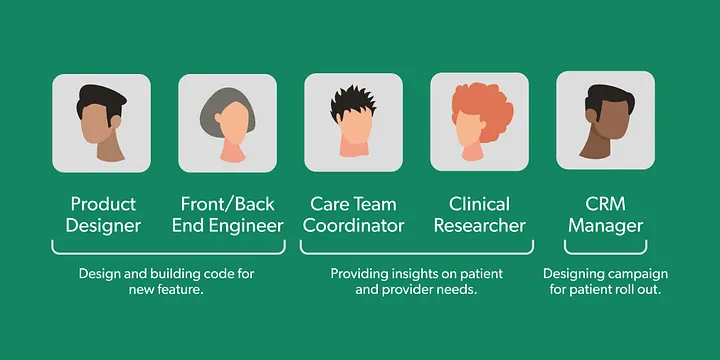
Every teammate can bring their expertise to the table. For example, Ro’ers in the tech org can run down what it would take to build and productionize the project, while members of our clinical or care team can introduce ways to improve the tool so it reflects the needs of patients and providers in real-time.
We’ve found that having this flat team structure gives Ro’ers a sense of equal responsibility and commitment to their project and leads to more effective outcomes.
Working in Time Constraints
Three days after team kickoff, they need to demo their feature. In the demo, the Rockathon committee wants to get a clear sense of (1) the problem the team is solving, (2) how the project seeks to solve this problem, and (3) what it would take for this feature to be fully operational. Working in a limited amount of time inherently increases decision velocity. For better or for worse, you have to make decisions quickly and can’t use extra time to fixate on small details.
There are a lot of problems to solve in healthcare — another reason why Rockathon is such a success — but Ro’ers can’t solve them all at once. With limited time, you need to have laser focus — try to do too much and projects can end up incomplete. But if you focus your decisions around the one problem, by the end of the week, you can present a really thoughtful solution that tackles the problem from different angles with a realistic launch timeline.

Adherence, or sticking to a treatment plan, is a significant issue in healthcare. Adherence rates for most medications for chronic conditions are between 50–60%. This ultimately impacts a patient’s ability to see results and desire to continue treatment. While there are a number of ways our team is approaching this challenge (read how Ro aims to improve adherence and patient outcomes through extended supply prescriptions), one Rockathon project from Spring 2021 sought to tackle adherence through SMS-based messaging. The team of ten that came together — CRM managers, clinicians, product designers, and more — were all motivated by the contribution they could make to improving adherence and the results were amazing.
In three days, the team created a function that not only notified patients when they should take their medication but also gave weekly updates on the progress of their treatment. They found that reminders could not only serve to increase adherence as well as provide additional, ongoing touchpoints for patients in their care experience. At the end of the week, the team presented a tool that, with just a few more days of polishing, would be ready to launch — ultimately winning “Hack of the Year.”
Self-Selection of Ideas
Self-selection is one of our most important principles to practice during Rockathons. It gives people the ability to choose who they want to work with and what they want to work on. Each Rockathon, Ro’ers have full control over the ideas they want to pitch or projects they want to get involved in. Whether you are pitching the idea or signing up for an existing project, you’ve picked something that resonates with you. You too have seen the problem and are motivated to create a solution.
In our everyday work, we don’t often have the opportunity to self-select the problems we want to work on. But in an industry like healthcare, as I said before, there’s plenty there. Rockathons present an opening for our team to dig into business and tech opportunities that we haven’t yet prioritized or considered. Ro’ers have full creative control and own the process of identifying the business or industry need, designing a project, and rallying a small team around a shared goal.
Having the Passion
Ro’s strong mission and culture centered around making an impact absolutely change the outcomes of our hackathons. Working each day with the patient in mind, Ro’ers are incredibly in tune with product or service improvements that have the potential to improve the patient and provider experience. Often, Rockathon proposals come from passion projects and backburner ideas that Ro’ers have held on to and want to see out in our product. Similarly, when pitched, teammates who may have seen the same problem out in the world are also compelled to join and build out this feature.
It may be an obvious one, but passion is a strong motivator! The caliber of projects coming out of Rockathon has been so strong year after year — to the point where we’ve invested in it more each time — because it’s easy to find the purpose behind building and exploring it.
Removing Ourselves from Day to Day Limitations
In Rockathons, your project does not have to be perfect. At the end of every demonstration, Ro’ers has the opportunity to caveat how close the project is to launch. This often varies from project to project — sometimes we’ll see features that are ready to ship that day and others that could see traction if given a few more days of work. Even projects that never see full productionization have served as fodder and inspiration for future Rockathon projects. Having this dexterity encourages people to be more divergent and creative with their ideas, knowing that it does not have to be in final form.
